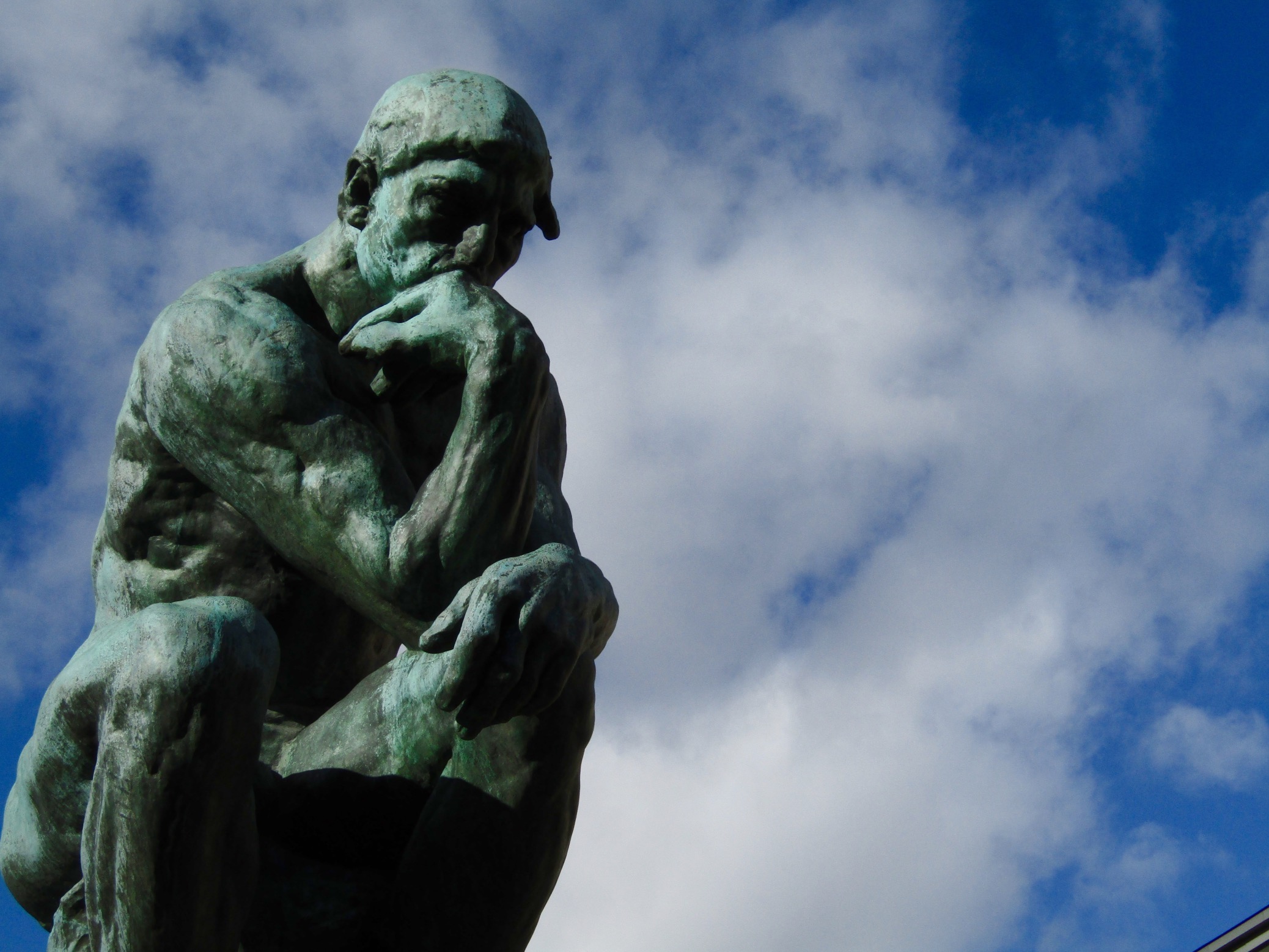Paris can be an expensive city, but if you look hard enough, there are deals to be had. On day 13, we set a goal of touring the city without spending any money, just to see if it could be done. We cheated a bit going in knowing that the first Sunday of the month is free museum day!
We started at the Louvre, the world’s largest museum best known as the home of Leonardo Da Vinci’s Mona Lisa. We arrived just before opening and only had to wait 10-15 minutes to get through the queue. You don’t really “do” the mega-sized museum in a day… you have to have a plan. Our plan was to head straight for the Mona Lisa along with everyone else.
Most photos of the painting in the museum are taken from behind a large group of other visitors, but after a couple minutes of patient waiting, we worked our way right up to the rope that separates the masses from the masterpiece. It’s smaller than I expected, made more so by being the only item on the giant wall in the middle of the room. Yet, the sense of seeing something special looms large.
The Louvre is packed with works by great artists, but the creator of its second-most famous work is unknown. Venus de Milo was crafted in Greece somewhere around 130-100 B.C., likely in one of the sculpture workshops of the time. It was discovered in the ruins on the island of Melos in 1820 by a peasant and gifted to Louis XVIII the next year. Theories abound to who might have created it, but the answer is still a mystery.
We had a quick picnic in the park, basking in the first decent weather day since we’d arrived in Paris, then trekked across the Seine River to the Rodin Museum, an indoor/outdoor collection of the sculptor’s best-known pieces. Perhaps his most famous piece is one of my favorites, Le Pensuer or The Thinker, simply a man with his chin rested on his fist, deep in thought.
There are two versions at the museum and 28 castings around the world. Here, the largest is located outside in the sculpture garden while a much-smaller version sits inside the museum. I was actually quite disappointed by the small version and the rest of the museum didn’t do much for either of us. Seeing the outdoor version was definitely worth the trip though.
Worn out, but determined to take full advantage of free museum day, we walked back toward the river to Musee d’Orsay. With all due respect to the Louvre, the Orsay is Paris’s finest museum. It’s a perfect size with a well-balanced collection of old and new works from some of history’s greatest artists.
The second and fifth floors are the highlight, featuring a large collection of works from Monet, van Gogh, Degas, Manet and Cezanne among so many others. It’s organized by art movement, complete with descriptions in English—something the Louvre sorely lacks.
The center gallery on the main floor is lined with sculptures, including a prominently-placed version of Auguste Bartholdi’s Statue of Liberty. The statue would be gifted in large form by France to the United States in 1885, placed at New York’s Ellis Island to welcome immigrants from Europe to America. The Orsay’s version was commissioned by the artist himself in 1889 in hopes it would be sold as a museum piece.
We made it back to our apartment after a long day with exactly zero euros spent while seeing some of the world’s most famous artwork in some of its most renowned museums. Not a bad day’s work!














More Photo of the Day posts from our January-March 2016 trip to Europe


Thanks for sharing with us! Miss you here in Oregon.
Thanks for checking it out! Hope all is well!